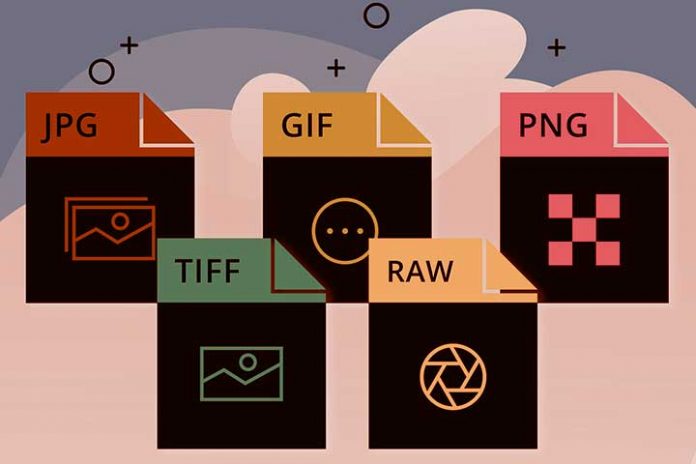What is the best Image Format?
In general, we know some extensions of the images, when we download an image or upload a GIF to WhatsApp, although we rarely know their meaning and the characteristics of one or the other.
It usually happens when we have a website and we need an image to illustrate or complement the content that they ask us about the appropriate image format, although it may seem somewhat inconsequential, a bad choice in the image format can cause unnecessary problems on our website, such as large graphics, graphics with blurred text …
Depending on the format we can compress the image or leave it with a transparent background, we can even animate it, but… How to know which is the most suitable format for a certain image? Next, we are going to make a comparison of several of the most used formats: PNG, JPG, GIF, and WEBP. To carry out the analysis, we are going to base ourselves on three fundamental factors.
PNG vs JPG: Compression
All the graphics that are included in a web page must be downloaded from the server and, therefore, it is important that the images weigh little so that the content can be downloaded as quickly as possible.
In this sense, JPG is a good format since it allows us to compress up to 10 times the size of a photograph. With JPG you can save colorful photos and the file size will be quite light, making it ideal for use on a website. It must be taken into account that it is a compressed format, so when converting the image, there will be a greater or lesser loss of quality, depending on the compression ratio that we use, and that will increase with successive conversions. We recommend not compressing with a ratio lower than 70% of quality, which will give us images generally of less than 200 KB but with enough quality to look good on the website from any device.
On the other hand, PNG is a lossless image format . This means that you can save the image as many times as you want without losing quality. Among the uncompressed image formats, this is the one most used today on the web. It is very useful for web backgrounds, icons or graphics that are not photographs.
JPG
All the graphics that are included in a web page must be downloaded from the server and, therefore, it is important that the images weigh little so that the content can be downloaded as quickly as possible.
In this sense, JPG is a good format since it allows us to compress up to 10 times the size of a photograph. With JPG you can save colorful photos and the file size will be quite light, making it ideal for use on a website. Every time we reduce its size we will lose quality. We recommend not compressing with a ratio lower than 70% quality, which will generally give us images of less than 200 KB, but it will be enough to look good on the website from any device.
PNG
The PNG format is the one with the best capacity for transparency. This format can have up to 8 additional bits of information in each pixel, which allows us to create translucent graphics regardless of the background color. Of course, we are talking about images that occupy more KB and, therefore, larger files.
PNG is a lossless image format. This means that you can save the image as many times as you want without losing quality. Among the uncompressed image formats, this is the most used today on the web. It is very useful for web backgrounds, icons or graphics that are not photographs.
GIF
The fashionable format thanks to its integration with WhatsApp, GIF is a format that allows movement in a normally infinite loop (due to its fame, specialized portals such as Giphy have appeared).
It can support transparencies and a 256 color palette. In addition to animations, the GIF can be used in simple images, of little weight and with flat colors (gradients do not look good due to the limitation in the number of tones). It is not advisable to use it in the case of photography: the photos lose too much quality if you convert them to GIFs.
WEBP
It is a newcomer image format that has come to revolutionize the world of image compression. Developed by Google and recommended in its web optimization tool PageSpeed Insights. Its beginnings date back to 2010 as an open-source initiative that achieves compressions in both still images and animations of 30%.
The only problem is precise that due to its recent release, not all browsers support this format. We can find it in Google Chrome, Opera, and Safari. It is the future in image formats.
Conclusion: What is the best image format?
For now there is no single format that can be used for everything so we will have to use one or the other according to our needs in each case.
The JPG format is best suited for realistic photos and images that in their source format would occupy several megabytes, since, when compressed, they can occupy a few hundred Kb or less.
The PNG format is best suited for use on website backgrounds, icons, and graphics or images with a transparent background, or with fine strokes or text.
We will use the GIF for animations and files that contain little information or colors.
And whenever we can filter by the browser we will use WebPage to improve our overall PageSpeed score and also increase the download speed of images.
We hope that this simple comparison of image formats will be useful for you to improve the performance and quality of the images on your website.

